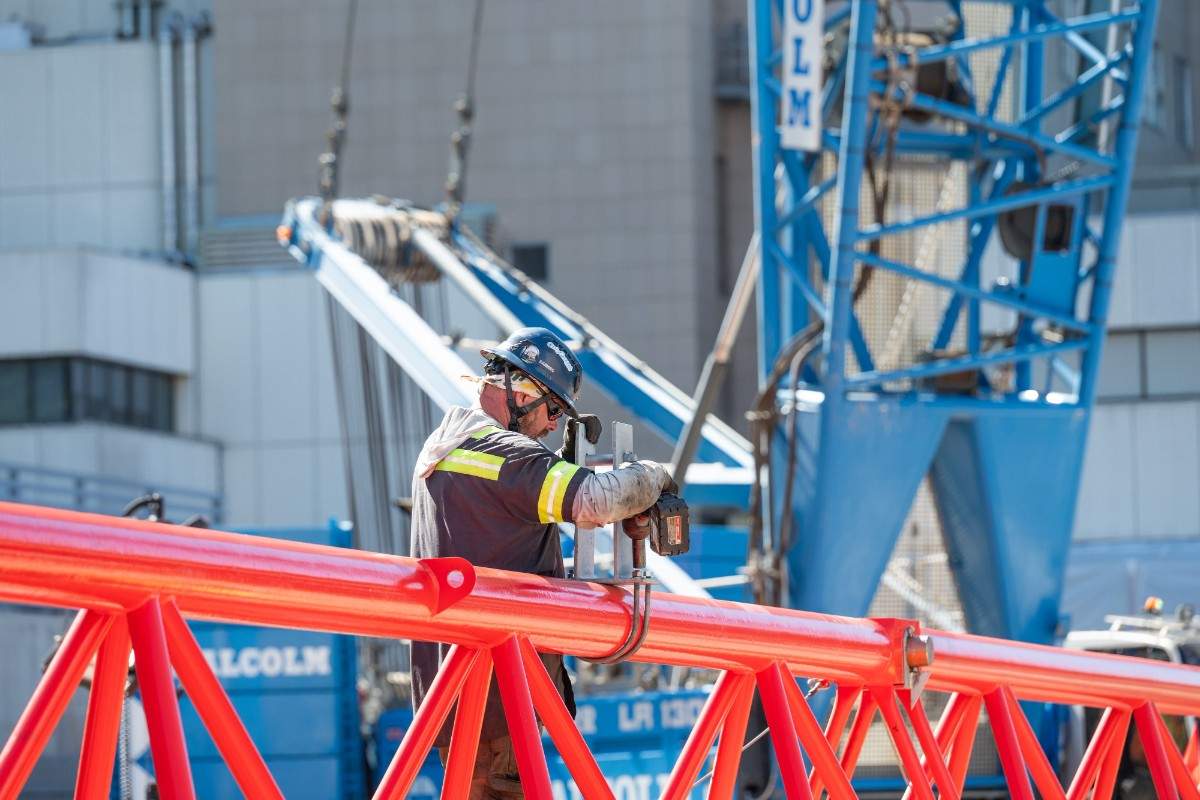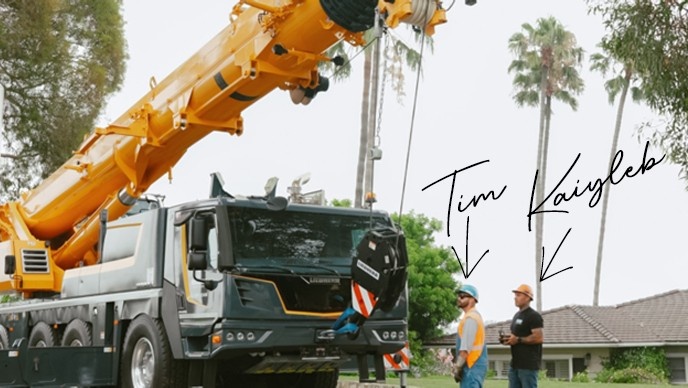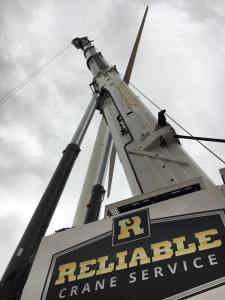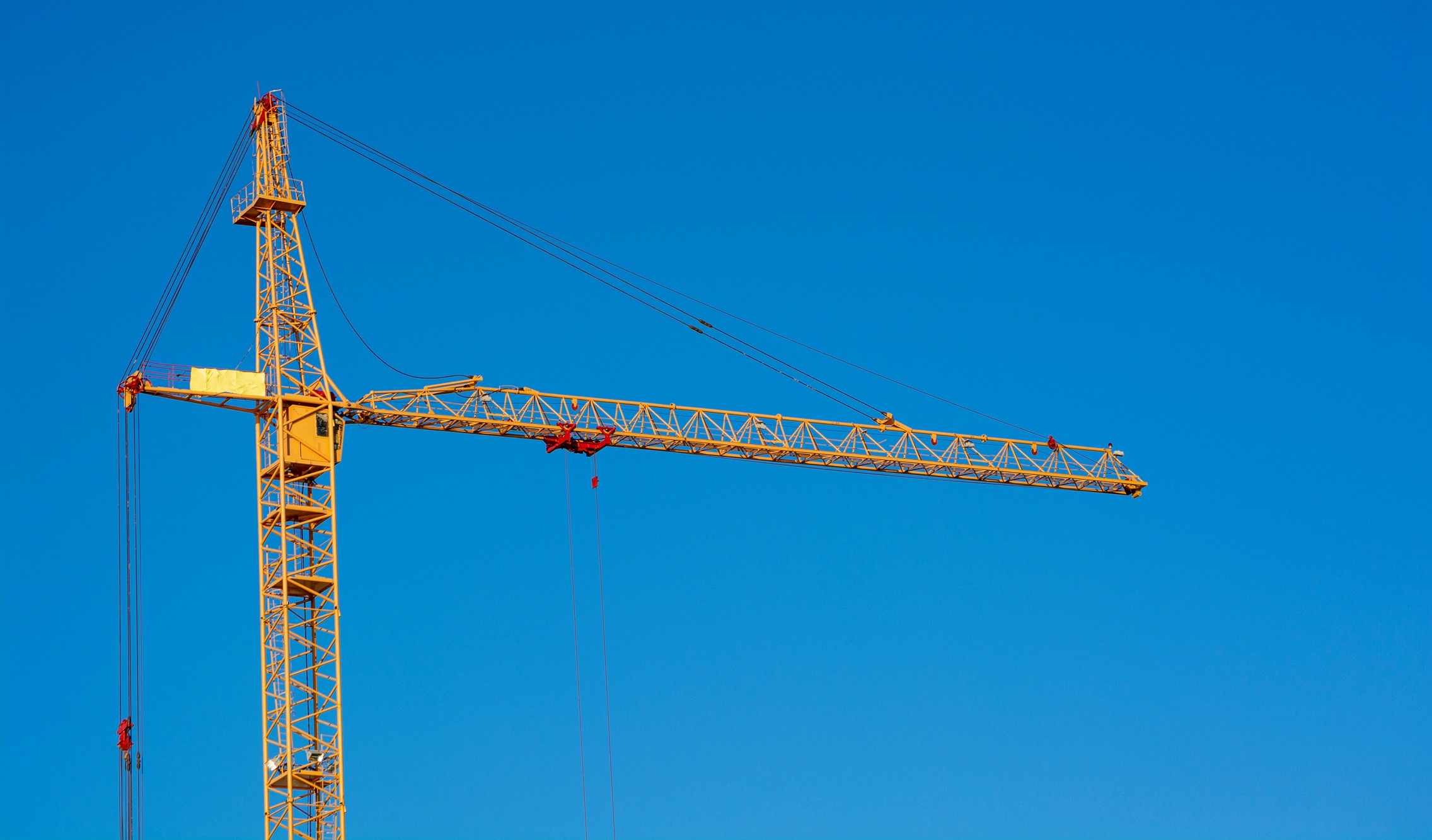How Do Tower Cranes Work?
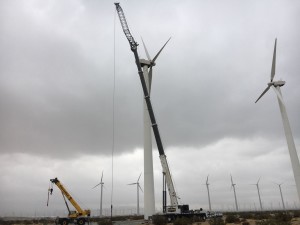
What You'll Learn
As you read about tower cranes, you'll learn:
- Tower cranes are perhaps the most capable and important of all types of cranes.
- The invention of tower cranes helped make some of the world's tallest and most impressive buildings possible.
- Tower cranes leverage well engineered designs to achieve their functionality and lift heavy loads while remaining incredibly stable.
Tower Crane History
The first tower crane, the Derrick tower crane, was inspired by a type of gallows. Construction crews had to assemble them on-site, though, which limited their utility. Eventually, people found a way to make tower cranes that could be moved around a little bit, and the Gantry tower crane was born, but it wasn't very efficient. Luckily, a German designer came up with a prototype for the modern tower crane in 1949, and the act of hoisting was forever changed.
Importance of Tower Cranes at the Construction Site
Simply put, modern tower cranes give construction teams capabilities that builders from 100 years ago could only dream about. They seem to lift heavy objects to great heights with minimal effort, opening whole new worlds of possibilities. Every time you look at an enormous skyscraper or bridge, you likely see the effect of tower cranes at work.
How Do Tower Cranes Work and What Are They Used For?
The tower crane is one of the most recognizable types of cranes in the world. Many of them rise hundreds of feet off of the ground, and they can lift heavy loads that teams of humans would never be able to carry up flights of stairs. This all makes tower cranes irreplaceable on job sites, but unfortunately, the cranes are also incredibly expensive. For that reason, most construction teams decide to rent a tower crane instead of buying it.
Construction teams rent tower cranes from companies like Reliable Crane Service for a variety of reasons. They can move heavy components like steel, concrete, machinery, and more from one part of the job site to another much more quickly and easily than the construction team would be able to do without a crane. The crane is also useful for lifting these components to great heights, which is necessary when undertaking a construction project like a tall bridge or building.
Parts of a Tower Crane
To get a complete understanding of what a tower crane is and how it works, it may be helpful to learn more about all of the different parts. The components of a tower crane include all of the following:
- Base – This is the support on which the rest of the crane is built. It's often attached to a concrete pad on the ground, though it might go on top of an existing structure using a steel grill or ballasted chassis.
- Tower – This is perhaps the most recognizable part of the tower crane, so the entire crane is named after it. Also called the mast, the vertical component extends the crane up from the ground to such great height. It is normally made of steel lattice for strength, which allows it to support all of the other elements.
- Turntable – This is the part of the crane that allows the arm to rotate and gives the jib a wide range of motion. It spins similarly to a windmill but on a horizontal axis instead of a vertical one.
- Cab – This is where the crane operator sits. It includes all of the necessary controls to maneuver the crane.
- Jib – This is also known as the arm or working arm. It's the part that sticks out from the top of the tower and is typically horizontal to the ground. It moves around to lift the load and take it to a different position.
- Trolley and Hook Block – The hook block is a pulley system that moves the hook up and down, and the trolley moves back and forth on the jib.
- Counter Jib – This extends in the opposite direction of the jib to help give the crane a stable center of gravity.
- Counterweight – Normally made of reinforced concrete or steel, these are heavy materials on the counter jib, designed to balance the weight of the load the crane is lifting.
Why Don't Tower Cranes Tip Over?
To fully understand how tower cranes work and why they don't tip over, you have to have a basic understanding of physics and the center of gravity. It's all about leverage and making sure that the weight of the load is appropriately balanced with the counterweight. Since the weight of the load changes depending on what is lifted, the crane must have some flexibility and a firm attachment at its base to ensure it doesn't tip.
Types of Tower Cranes
There are three common types of tower cranes:
- Hammerhead Tower Crane – This type of crane has a fixed jib that stays horizontal.
- Luffing Jib Crane or Luffing Tower Crane – This crane is useful in tight spaces, and utilizes a jib that moves up and down.
- Self-Erecting Crane – This smaller option can be erected without an assist crane and is sometimes operated via remote from an operator on the ground.
Best Projects for Tower Crane Use
While cranes are popular for the construction of high-rise buildings, parking garages, and industrial buildings, they're useful for any project that requires the lifting of heavy loads. It is critical to find one with the right size and capabilities. Contact Reliable Crane to learn more about tower cranes.
Contact Reliable Crane Service

